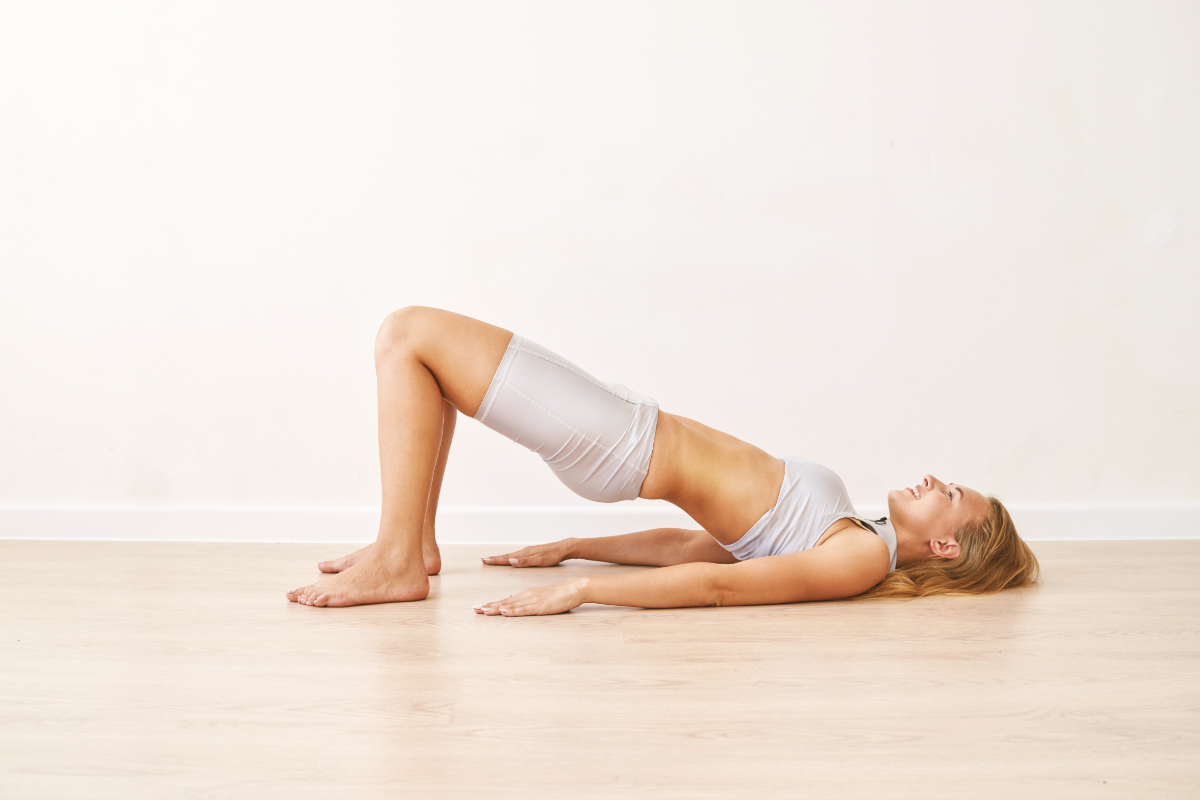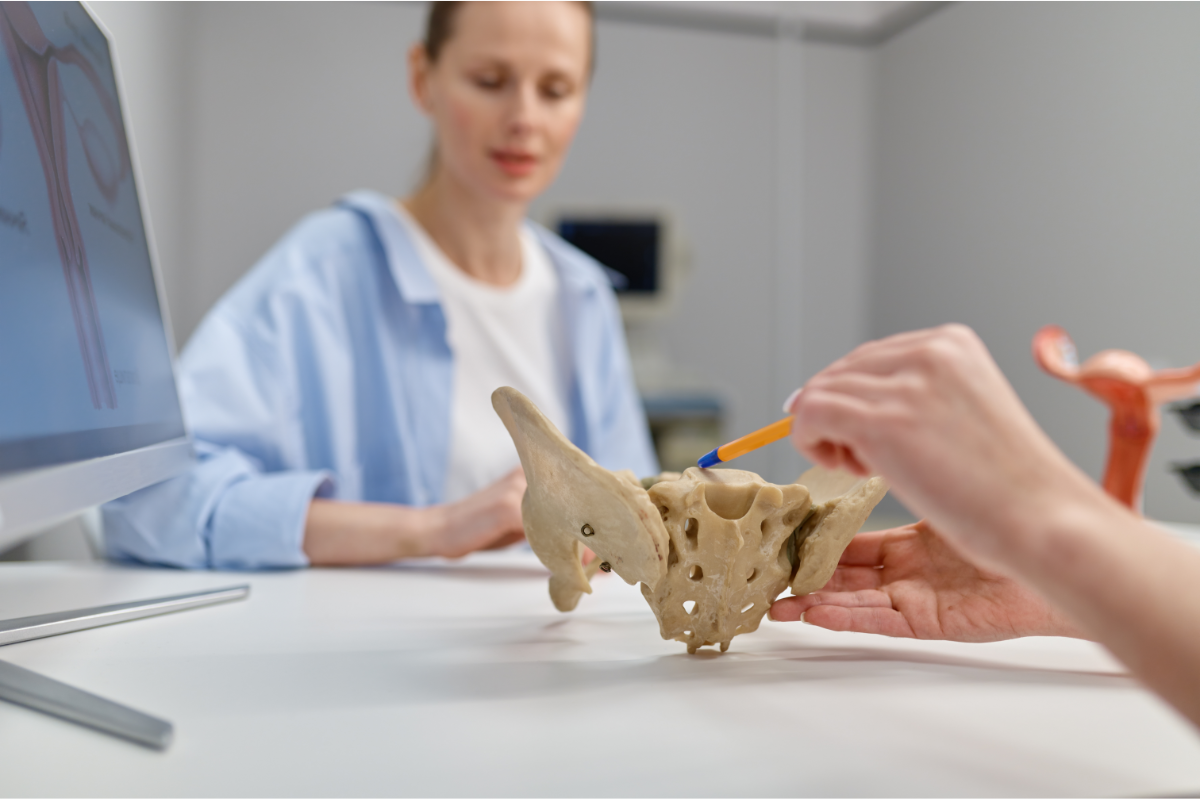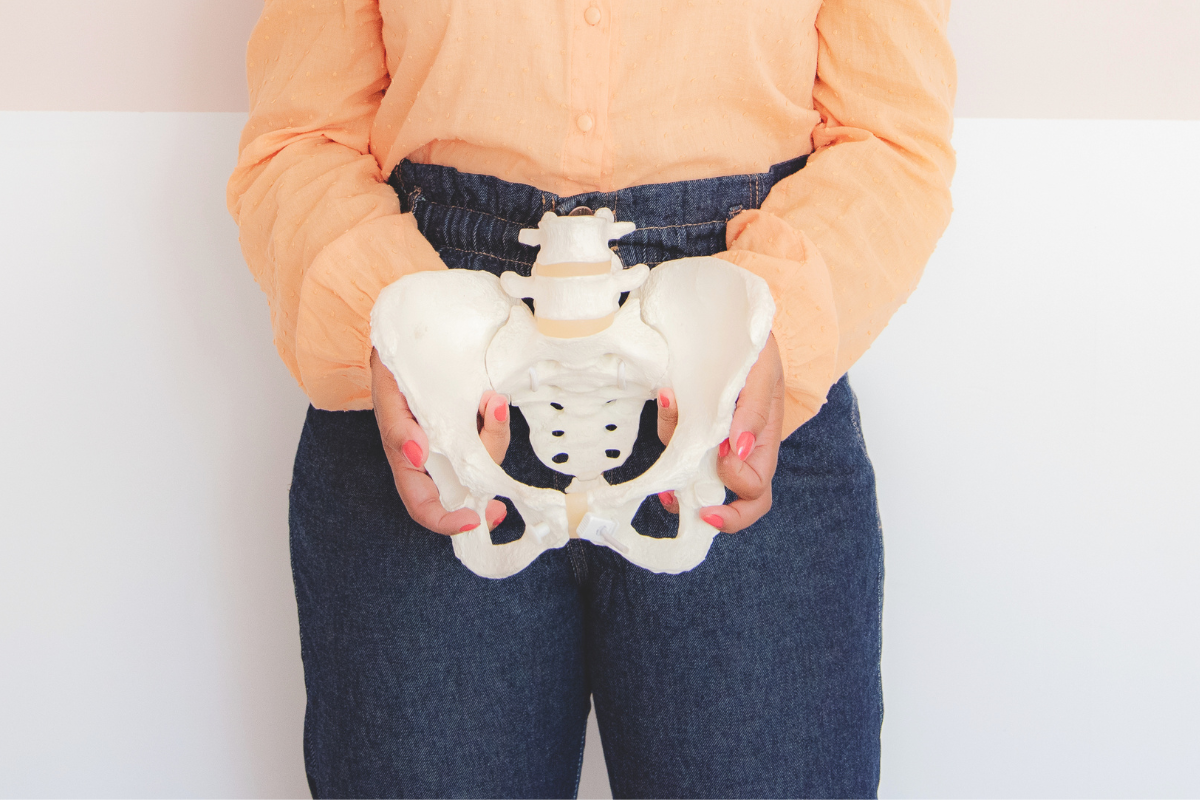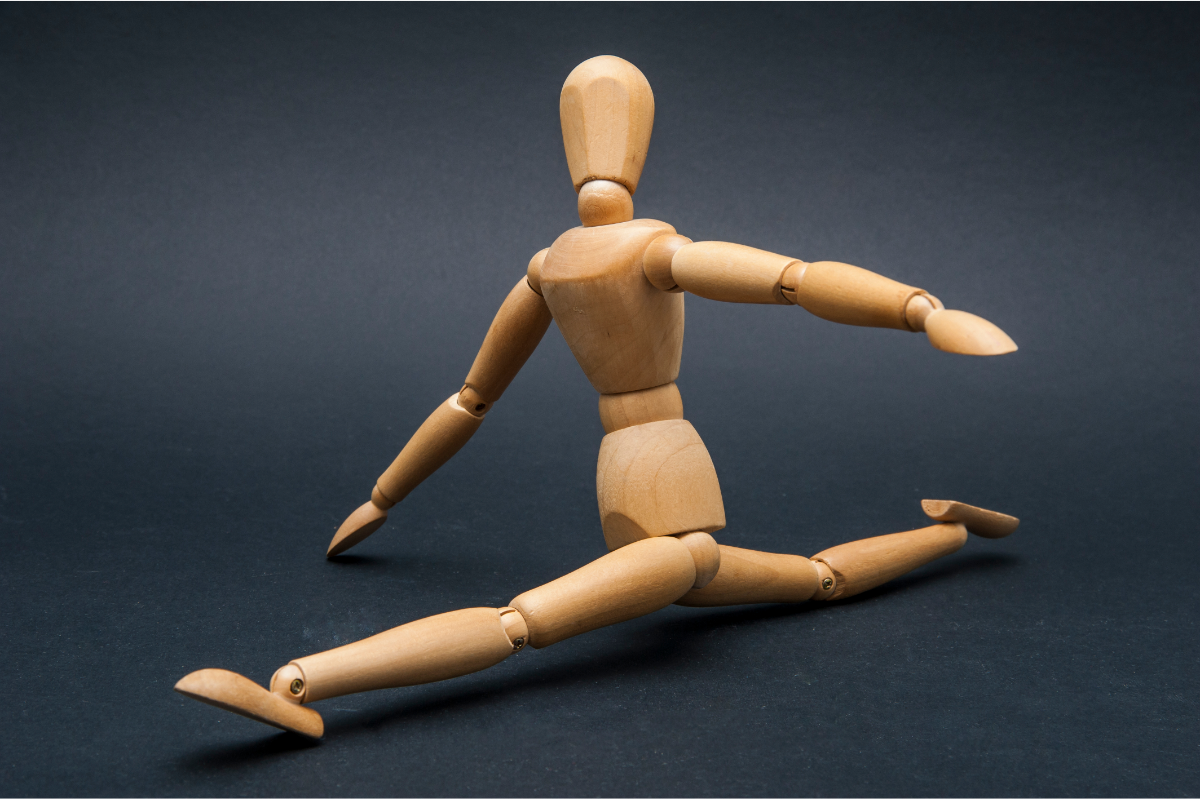Understanding the Pelvic Floor: Structure and Function
The pelvic floor is a crucial, yet often overlooked, part of the body. It plays a vital role in various bodily functions, from supporting internal organs to aiding in sexual health. Understanding its structure and function can help you maintain a healthy pelvic floor, prevent disorders, and promote overall well-being.
The pelvic floor is made up of a group of muscles, ligaments, and tissues that form a supportive hammock-like structure at the bottom of the pelvis. These muscles stretch from the pubic bone to the tailbone, and from one hip bone to the other, providing essential support for the bladder, uterus (in women), prostate (in men), and rectum. When these muscles are healthy and functioning properly, they help control bladder and bowel movements, support the spine, and contribute to a sense of stability.
However, when the pelvic floor becomes weak or dysfunctional, it can lead to a range of issues, such as urinary incontinence, pelvic organ prolapse, and sexual dysfunction. Factors like aging, pregnancy, childbirth, obesity, and lack of physical activity can contribute to pelvic floor problems. The good news is that many pelvic floor disorders are preventable or manageable with the right exercises, lifestyle changes, and medical interventions.
By paying attention to the health of your pelvic floor, you can improve posture, reduce discomfort, and enhance your quality of life. Regular pelvic floor exercises, such as Kegels, can help strengthen these muscles and maintain their function. Furthermore, being proactive in understanding pelvic health is key for both men and women at all stages of life.
What Is the Pelvic Floor?
The pelvic floor refers to a group of muscles, ligaments, and tissues that form a supportive sling at the bottom of the pelvis. These muscles support vital organs, including the bladder, uterus (in women), prostate (in men), and rectum. They are responsible for controlling several bodily functions and contributing to physical stability.
The Anatomy of the Pelvic Floor
The pelvic floor muscles span across the pelvic region, resembling a hammock or sling. These muscles support the bladder, intestines, and reproductive organs. The pelvic floor is divided into three layers:
- Superficial layer: Controls functions like urine flow and sexual activity.
- Intermediate layer: Supports bowel movements and rectal control.
- Deep layer: Stabilizes the pelvic organs and aids in intra-abdominal pressure regulation.
Functions of the Pelvic Floor
The pelvic floor has several key functions:
- Bladder and bowel control: It helps control the release of urine and stool.
- Sexual health: It contributes to sexual pleasure and function.
- Pelvic organ support: The muscles hold the organs in place, preventing prolapse.
- Stability: Plays a crucial role in maintaining core stability and supporting posture.
The Muscles of the Pelvic Floor
The pelvic floor muscles are highly specialized. They are composed of slow-twitch muscle fibers, which allow them to sustain prolonged contractions.
Key Muscles Involved
Some of the primary muscles in the pelvic floor include:
- Levator ani: A group of muscles that support the pelvic organs.
- Pubococcygeus: Helps control the urethra and rectum.
- Iliococcygeus: Supports the anus and helps maintain pelvic stability.
How These Muscles Work Together
These muscles work in unison to regulate the release of bodily waste, maintain sexual function, and provide support to the pelvic organs. The coordination of these muscles is essential for good health.
Importance of a Healthy Pelvic Floor
A strong pelvic floor is necessary for overall well-being. When the pelvic floor is weak or dysfunctional, it can lead to several health problems.
Role in Bladder and Bowel Control
A healthy pelvic floor enables voluntary control of bladder and bowel function. Without it, individuals may experience incontinence, which is the involuntary loss of urine or feces.
Impact on Sexual Health
The pelvic floor is also crucial for sexual function. Weak pelvic floor muscles can contribute to issues such as vaginal prolapse in women and erectile dysfunction in men.
Common Pelvic Floor Disorders
Several disorders can affect the pelvic floor. These issues often arise from weak or overactive pelvic floor muscles, or a combination of both.
Pelvic Floor Dysfunction
Pelvic floor dysfunction occurs when these muscles fail to function properly. Symptoms may include difficulty controlling urination, constipation, and pelvic pain.
Incontinence and Prolapse
Incontinence, both urinary and fecal, is a common consequence of pelvic floor weakness. Prolapse occurs when pelvic organs, such as the bladder or uterus, descend due to insufficient muscle support.
Pelvic Floor Exercises
Pelvic floor exercises, such as Kegel exercises, are commonly prescribed to improve muscle strength and function.
Kegel Exercises: What Are They?
Kegel exercises involve contracting and relaxing the pelvic floor muscles to strengthen them. These exercises can be done anywhere, and they are a great way to improve control and prevent dysfunction.
How to Perform Kegel Exercises Correctly
To perform a Kegel exercise, squeeze the pelvic floor muscles as if you were stopping urination. Hold for a few seconds and then relax. Perform this for several sets a day.
Pelvic Floor Health During Pregnancy
Pregnancy can place significant stress on the pelvic floor due to the weight of the growing baby and hormonal changes.
Changes to the Pelvic Floor During Pregnancy
During pregnancy, the pelvic floor muscles soften and stretch. This is necessary to prepare for childbirth but can lead to temporary weakness or discomfort.
Tips for Maintaining Pelvic Floor Health During Pregnancy
To maintain pelvic health during pregnancy, practice pelvic floor exercises regularly and avoid activities that put excessive strain on the muscles, such as heavy lifting.
Pelvic Floor Health After Childbirth
After childbirth, the pelvic floor muscles may remain weakened. It’s important to focus on rehabilitation to restore function.
The Impact of Childbirth on Pelvic Floor Muscles
Childbirth can stretch or tear pelvic floor muscles, leading to weakened control of bladder and bowel function, and even prolapse in severe cases.
Postpartum Pelvic Floor Rehabilitation
Physical therapy and targeted pelvic floor exercises are key to recovering strength after childbirth. Consult a healthcare provider for personalized rehabilitation plans.
Lifestyle Factors Affecting Pelvic Floor Health
Several factors, such as weight and diet, can impact pelvic floor health.
Weight and Pelvic Floor Health
Excess body weight can place additional strain on the pelvic floor muscles, increasing the risk of prolapse and incontinence.
Diet and Pelvic Floor Function
A fiber-rich diet can help prevent constipation, reducing strain on the pelvic floor during bowel movements.
Diagnosing Pelvic Floor Disorders
Early diagnosis of pelvic floor disorders can prevent complications. Symptoms such as incontinence or pelvic pain should not be ignored.
Symptoms to Watch For
If you experience frequent urination, difficulty controlling bowel movements, or pain during sexual activity, it may be time to consult a healthcare provider.
Tests and Procedures for Pelvic Floor Health
Your doctor may recommend a pelvic exam, ultrasound, or specialized tests to assess the health and function of your pelvic floor.
Treatment Options for Pelvic Floor Disorders
Various treatments are available to address pelvic floor dysfunction, ranging from physical therapy to surgery.
Physical Therapy for Pelvic Floor Dysfunction
Physical therapists can guide you through exercises to strengthen weak muscles and relax overactive ones.
Surgical Interventions: When Are They Necessary?
In severe cases, surgery may be needed to repair prolapse or correct other pelvic floor issues.
The Role of Pelvic Floor Health in Aging
As we age, the pelvic floor naturally weakens. Maintaining pelvic health is critical to avoiding complications later in life.
How Aging Affects the Pelvic Floor
The natural decline in muscle mass and elasticity with aging can make the pelvic floor more prone to dysfunction.
Maintaining Pelvic Floor Health as You Age
Regular pelvic exercises, a healthy weight, and good posture can help preserve pelvic health as you age.
Gender Differences in Pelvic Floor Function
Pelvic floor health affects both men and women, but the structure and function differ between genders.
Pelvic Floor in Men vs. Women
While both sexes have pelvic floors that support similar organs, women experience unique challenges such as pregnancy and childbirth that can affect pelvic health.
Unique Concerns for Male Pelvic Floor Health
Men may face issues like erectile dysfunction or prostate-related pelvic floor dysfunction as they age.
The Connection Between the Pelvic Floor and Core Muscles
The pelvic floor works closely with the core muscles to maintain posture and stability.
How the Core and Pelvic Floor Work Together
A strong core supports the pelvic floor, providing better muscle coordination and reducing strain on the pelvic organs.
Strengthening the Core to Support the Pelvic Floor
Core-strengthening exercises like planks and abdominal work can help enhance pelvic floor function.
Myths and Misconceptions About the Pelvic Floor
There are several misconceptions about the pelvic floor that can hinder proper care and treatment.
Common Myths about Pelvic Floor Exercises
One common myth is that only women need to perform Kegels. In fact, men can also benefit from strengthening their pelvic floor muscles.
Misunderstanding Pelvic Floor Health
Some believe that pelvic health is only a concern during pregnancy, but it’s important at every stage of life.
Maintaining a Healthy Pelvic Floor for Life
A healthy pelvic floor is crucial for overall wellness. By adopting certain habits and performing regular exercises, you can promote long-term pelvic health.
Daily Habits to Promote Pelvic Floor Health
Include hydration, regular exercise, and avoiding prolonged sitting to keep your pelvic floor in good shape.
Seeking Professional Help for Pelvic Floor Concerns
If you’re facing pelvic floor issues, consult a healthcare provider who specializes in pelvic health for the most effective treatment.
Understanding the pelvic floor and its vital role in the body is essential for maintaining overall health. By prioritizing pelvic floor exercises, being mindful of lifestyle factors, and seeking professional help when necessary, you can enjoy a strong, healthy pelvic floor at any age. Take care of this crucial part of your body to enhance your quality of life and prevent future health problems.
Incorporating pelvic floor exercises into your daily routine can be a simple yet effective way to strengthen these muscles and prevent potential issues. Regular practice of exercises like Kegels, which target the pelvic floor, can improve muscle tone and function. Additionally, maintaining a healthy weight, practicing good posture, and avoiding excessive strain during physical activities can further protect your pelvic health.
It’s also important to listen to your body and seek professional help if you experience symptoms like pelvic pain, urinary incontinence, or difficulty with bowel movements. A healthcare provider, such as a physical therapist specializing in pelvic health, can offer personalized guidance and treatment plans to address any concerns.
Ultimately, the pelvic floor is an integral part of your overall well-being, influencing everything from digestion to sexual health. By educating yourself about its function and taking proactive steps to care for it, you can prevent discomfort, reduce the risk of complications, and lead a more active, fulfilling life. Make pelvic health a priority today, and it will serve you well for years to come.

I’m Hillary Swan, a certified fitness trainer specializing in women’s health and pelvic floor strength. I’m passionate about empowering others to improve their core wellness through targeted exercises. Let’s strengthen our bodies together for a healthier, more confident life.










